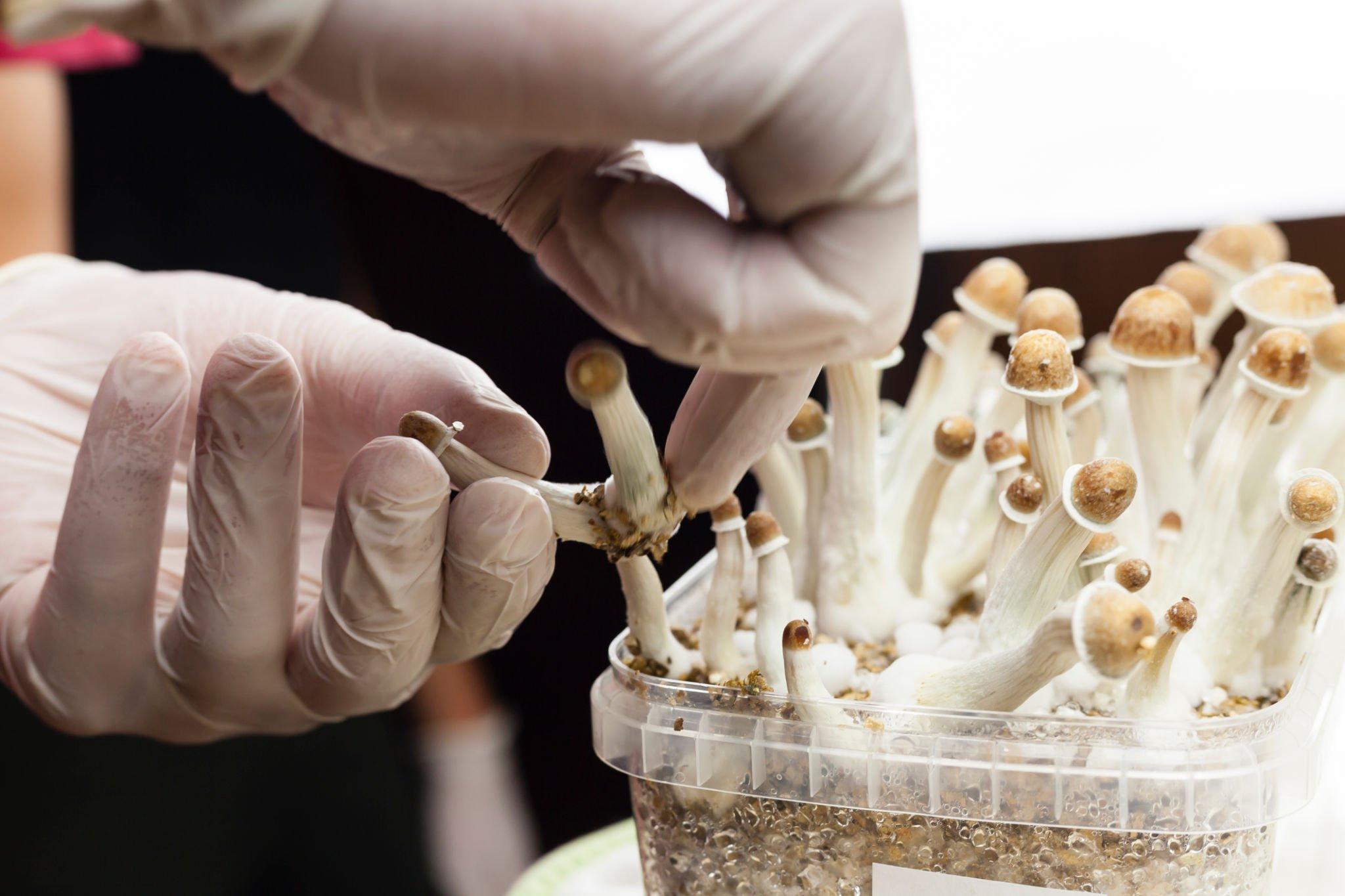In several communities and regions of the world, psychedelics have long been used as spiritual, therapeutic, and wellness tools. Researchers have recently focused their attention on these compounds’ potential for treating mental health issues.
Current research indicates that they may be appropriate to treat some mental health issues, such as depression and PTSD, and improve mental health overall. The term “psychedelic therapy” or “psychedelic-supported psychotherapy (PAP)” refers to this alternative practice.

What is Psychedelic Therapy?
Two examples of psychedelic chemical drugs that can induce visions and are used in psychedelic therapy to treat internal health conditions are LSD and psilocybin from “magic” mushrooms.
Doctors combine it with new therapeutics, such as counseling or other forms of assistance. The purpose of psychedelic medicine is to increase the efficacy of conventional treatments.
Patients whose symptoms have not subsided despite treatment with other medications or therapies are given this kind of therapy by doctors.
In this type of therapy, patients continue in lengthy psychotherapy sessions while the drug’s activity kicks in. A category of hallucinogenic medications known as “psychedelics” is used to primarily induce non-ordinary states of consciousness.
Compass Pathways is conducting in both Europe and North America, a rigorous, extensive clinical development program for COMP360 psilocybin therapy for treatment-resistant depression. They give patients psilocybin capsules, which last for 6-8 hours. His therapy is FDA-approved.
How Does It Work?
Psychedelic or Mystical experiences
While using psychedelics, intensely meaningful experiences could change an individual’s perspective or set of beliefs, influencing how they think and act.
Higher suggestibility
Individuals using psychedelics possibly will be more sensitive to any suggestions. They might be more open to receiving therapeutic counsel or learning how their hallucinations can benefit them.
Changes in neurotransmitters
In the brain, neurotransmitters act as chemical messengers. Numerous mental health factors directly affect neurotransmitters, which in turn affect mood.
Some psychedelic drugs may also change neurotransmitter levels in the brain, which would change behavior and improve mood.
Benefits of Psychedelic Therapy

Terminal Illness
Diagnosing with a terminal illness can be frightening, especially if the patient experiences fear of death. Several studies indicate that psychedelic therapy may lessen this existential horror and the anxiety and despair that go along with it.
Anxiety and Depression
Depression and anxiety symptoms may be lessened by psychedelic therapy. According to researchers, for the first five weeks after treatment, symptoms are generally significantly reduced.
If participants experience good psychedelic experiences while taking the medication, their symptoms of depression were more likely to improve.
PTSD
Although research has yielded conflicting findings so far, the psychedelic effects of hallucinogenic drugs may help lessen the impacts of trauma.
Addiction
Research indicates that some addiction symptoms may be lessened by psychedelic therapy. Addiction and other signs of mental illness frequently co-occur, which may assist to explain the advantages.
By alleviating other mental health conditions, psychedelics may make it easier to stop using drugs.
Read also: Stem Cell Therapy – A New Approach to Treat the Progressive Multiple Sclerosis
Eating Disorder
As a result of their psychedelic and mystical experiences throughout psychedelic therapy, participants may experience lessened eating disorder symptoms by shifting their body image away from negative ideas.
Since eating disorders frequently coexist with other mental health issues, psychedelic therapy may help with the symptoms that contribute to eating disorders.
How to Use This Service?
Consultation
Preliminary consultation is the first step to make sure you have no medical conditions that might make the treatment inappropriate.
This is also a fantastic time to talk about your personal history, as well as any objectives or worries you may have regarding psychedelic therapy.

Injection or Oral Medication
The second stage entails swallowing the psychedelic drug either orally or intravenously while being watched over by a qualified therapist. Several sessions are depending on the psychedelic kind and the treatment strategy.
Integration
The final stage is integration when the patient and the therapist work together to extract meaning from the psychedelic experiences.
If you’re interested in psychedelic-assisted treatment should consider doing it in a professional setting. A good way to start is by taking references from your doctor.


